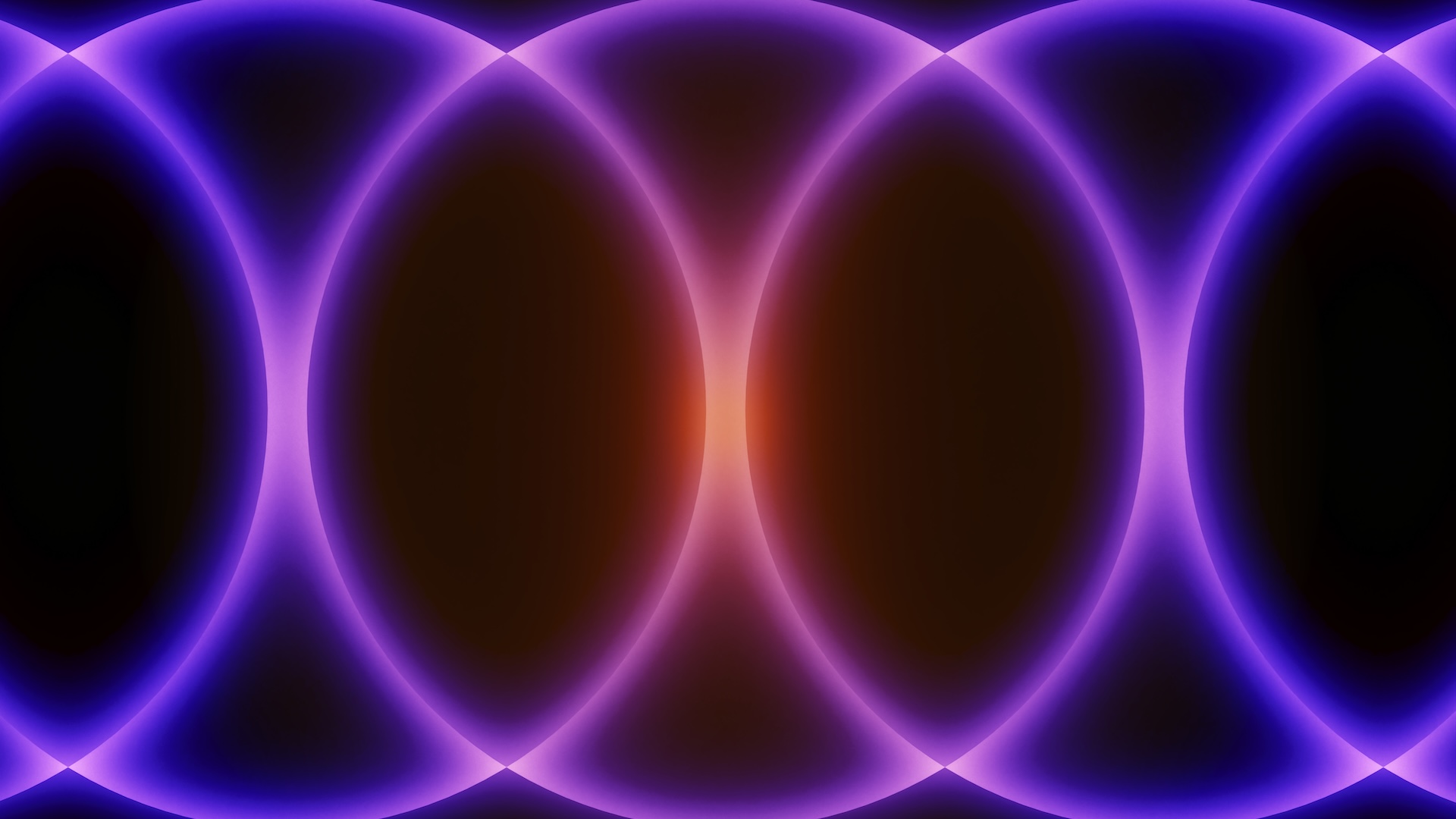Circumnutation (noun, Sir-kum-noo-TAY-shun)
Circumnutation describes the slow, circular movements the growing tips of young plants make throughout the day.
Although it usually can’t be seen with the naked eye, all plants move. These are movements powered by the plants themselves, not movement due to wind. Plants slowly sway from side to side, a process called nutation (noo-TAY-shun). Circumnutation is a type of nutation in which plants move in a circle or ellipse. That movement is caused by plant organs growing at different times and at different rates throughout the day.
In circumnutation, the tip of the plant moves in a slow circle. And because the plant is growing, the circle it traces out gets higher and higher. By following this path, some plants, like vines, can take on a coil or helix shape. Different species of plants circumnutate in different directions. A type of cress called Arabidopsis moves clockwise. Beans and soybeans move counterclockwise.
This video shows circumnutation in action, with an Arabidopsis plant.Vines circumnutate as they search for things they can climb. Other plants do it for different reasons. A 2024 study, for instance, found that sunflowers also use random circumnutation to avoid each other’s shade. When planted in large groups, as they are in fields, sunflowers’ broad leaves easily shade their neighbors. So each plant circles throughout the day to maximize the light it gets. Because all the plants are moving, sunny patches constantly shift. This forces the plants to continually move in search of better light.
Most plants move in response to light, temperature or gravity. Circumnutation movements change when light or temperature changes. But gravity does not appear to affect them. Plants taken to space circumnutate, even when there is no gravity.
In a sentence
Vines use circumnutation to find support structures, so they can climb trees and trellises in search of better light to power their photosynthesis.







.jpg.webp?itok=1zl_MpKg)





 Bengali (Bangladesh) ·
Bengali (Bangladesh) ·  English (United States) ·
English (United States) ·